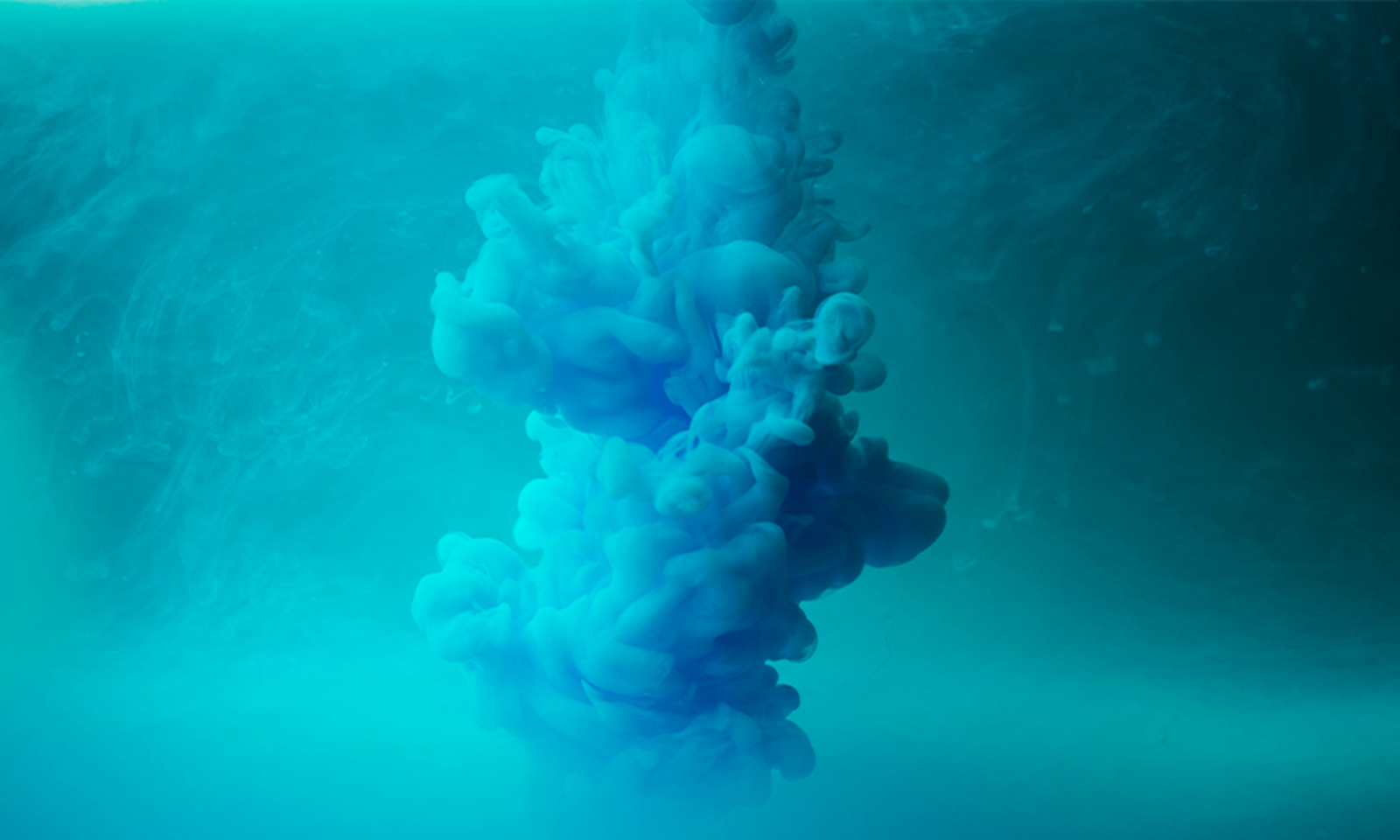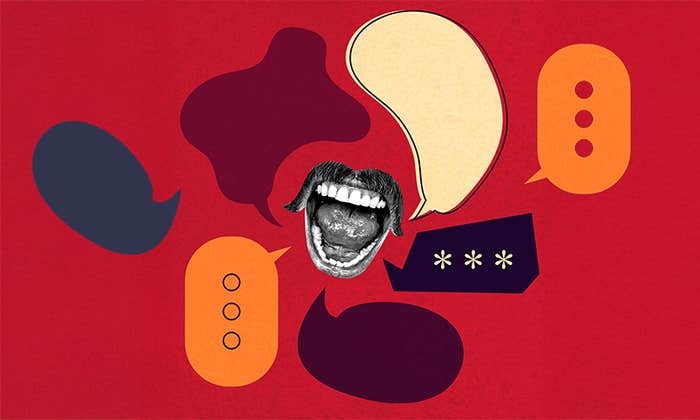It is biology’s most pressing and possibly most confounding question: How did life on Earth emerge some 3.5 billion years ago? Charles Darwin famously speculated that it all began in some “warm little pond”—and it turns out he may have been pretty close to the mark.
Many scientists now believe that primordial hot spots in the ocean floor or in tidal zones, called hydrothermal vents, make the most compelling point of origin for living things. An upwelling of hydrogen-rich alkaline fluids from the vents, which were likely more common on early Earth, could have combined with bicarbonate and carbon-dioxide rich seawater to create excellent conditions for the formation of organic molecules. Recently, scientists, including acclaimed evolutionary biochemist Nick Lane, have shown that amino acids—essential to many biological processes—and primitive cell membranes can form spontaneously around these vents. Others have uncovered some of the world’s oldest fossils in areas thought to have been covered in vents long ago. But no one has been able to conjure life from mere chemicals in the lab in any sustainable way.
The findings could point to where else in the cosmos we might have neighbors.
Now scientists at Newcastle University in the United Kingdom say that by imitating conditions of pressure, heat, chemistry, and flow thought to be found near vents on primordial Earth, they have been able to replicate, for the first time, the formation of long-chain carboxylic acids—also known as “fatty” acids. These fatty acids could have formed the primitive membranes essential to the earliest cellular forms of life, or “protocells.”
For their study, the scientists tried to “re-create the core elements of what we think the conditions were like,” on early Earth, says biogeochemist Jon Telling of the Newcastle team, co-author of the paper. They combined dissolved hydrogen with bicarbonate ions in solution, mixed it with magnetite—an iron oxide associated with hydrothermal vents—and placed it in a pressurized flow reactor they had built for 16 hours. The new study differs from earlier efforts, according to the scientists, because of the pressure and continuous mixing, or “flow,” they applied to their solution—and because they looked for their organic molecules not in the liquid solution but on a mineral substrate, the magnetite.
The experiment produced a “spectrum” of organic molecules, including long-chain carboxylic acids. It’s these long-chain acids—often called fatty acids because they’re a key component of body fat—that could have been key precursors to cell membranes. Clusters of fatty acid molecules naturally align themselves in such a way that they have a water-attracting side and a water-repelling side, just as cell membranes do. These clusters also tend to form spherical double shells that are “very similar to actual living cells,” says Telling. Water on the inside stays in and water on the outside stays out.

The scientists kept their materials at a temperature of about 200 degrees Fahrenheit—a few degrees below boiling—similar to the temperature they estimate would have existed around hydrothermal vents 3.5 billion years ago. They also applied 16 to 18 times the pressure found in the Earth’s current atmosphere, which they calculated to ensure that sufficient hydrogen took part in the chemical reactions. Hydrogen is mostly unreactive at lower pressures, Telling explains, but is an essential component of many organic molecules, including fatty acids.
The higher pressure turned out to be a key to the results, he says. On the primordial Earth that pressure could have been exerted by the water column in a hydrothermal vent a few hundred feet below the surface of an ocean.
The other key was using the mineral magnetite as a substrate for the chemical reactions they wanted to produce. The team found that most of the organic chemicals—including the fatty acids—formed on the surface of the mineral, which facilitated the reactions without getting consumed by them. Telling says previous researchers seem to have expected the products of any chemical reactions to occur within the solution and had looked there without success.
The findings not only help us understand the origins of life on Earth, but point us to where else in the cosmos we might have neighbors, says Telling. The reactions they simulated in the lab could be occurring, right now, on distant moons in our solar system, he says. Saturn’s moon Enceladus and Jupiter’s moon Europa are thought to have oceans of liquid water beneath their icy crusts, which may harbor hydrothermal vents, heated from their interiors. “These would be really good places to focus future research, to learn about the chemistry of their oceans,” he says.
Saturn’s Enceladus emits plumes of liquid water from fractures in its crust and probably has sufficient carbon dioxide to form the essential bicarbonates. And scientists have detected organic molecules, both large and small, in these plumes.
The closer we get to understanding the alchemy of primitive life on Earth, the more we may learn about whether and where we have neighbors in the universe, now or at some point in the future of the cosmos. ![]()
Lead image: Honchar Roman / Shutterstock




























